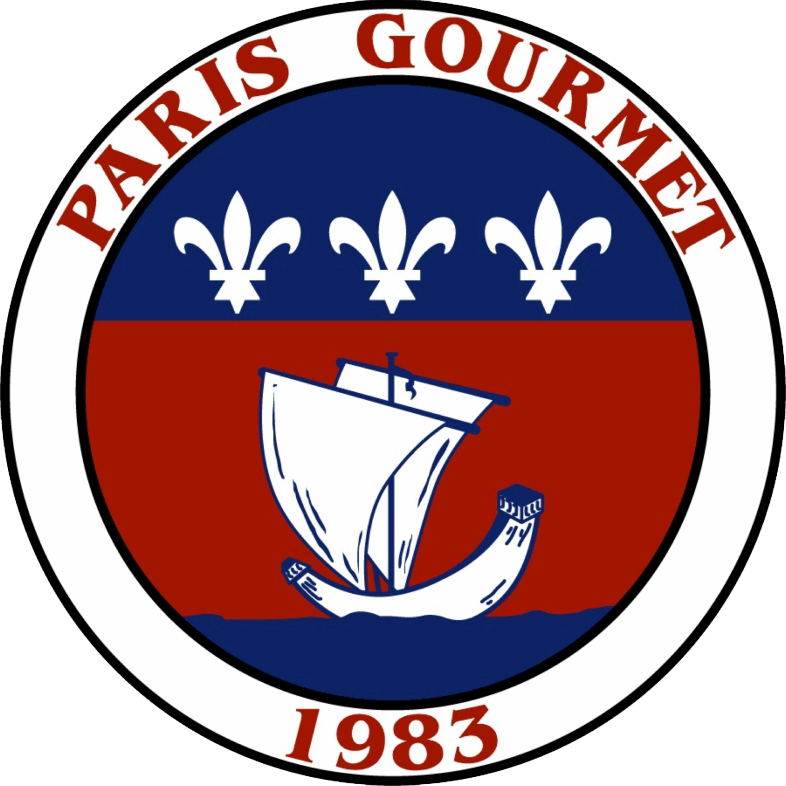Cold Brew Coffee
- By Laura Stakiwicz
- June 10, 2024
What exactly is Cold Brew Coffee?
Exactly what it sounds like! Cold Brew is a method of brewing coffee by steeping coarsely ground coffee over many hours in cold water, producing a coffee concentrate. This concentrate is diluted with water or milk, resulting in a smooth, mellow coffee, served cold and perfect for summer morning coffees, mixing into cocktails, or pairing with a pastry.
Cold Brew vs. Iced Coffee
What’s the difference between these two cold style coffees? Methodology: Iced Coffee is brewed hot and strong, and then flash-chilled by the immediate addition of ice. The vector of extraction for iced coffee is temperature, which results in coffees that are lighter and brighter in body and flavor. Temperature extractions are quick and sometimes tough to control, so iced coffees can often become acidic if the ratio and timing is not carefully monitored. Cold Brew is a way more forgiving method of brewing cold style coffee, because the vector of extraction is time. Steeping the coffee “low and slow” prevents the acidic notes from being extracted, and results in a flavor profile that is mellower, smoother, and often darker and sweeter on the palate. It also typically has a denser, creamier mouthfeel.
Many people believe that Cold Brew Coffee has a higher caffeine content – however, there is not a significant difference between the caffeine content of hot brewed coffee and an equal amount of cold brewed coffee. The ‘strength’ of cold brew, regarding both caffeine content and flavor, is customizable based on the rate of dilution.
Making Your Perfect Cold Brew:
Coffee: Any coffee can be cold brewed! However, coffee with “bright” or “fruity” tasting notes like apple, citrus, or berry can lose some of those lighter notes in this process, for the same reason that cold brew is considered “less acidic:” cold water is just less effective in extracting bright, citric, or acid notes, even over an extended period of time. Therefore, coffees with a brighter tasting profile can taste unbalanced, or less expressive when cold brewed. Coffee with warmer tasting notes, like dark chocolate, molasses, or maple are perfect for cold brewing. The perfect cold brew grind is medium-coarse.
**For the below recipe, I am using the Malongo Traditional Roast Arabica Drip Coffee. It’s got warm, velvety, dark chocolate notes, and is pre-ground at medium-coarse, making it an ideal coffee to cold brew.

Water: Brew using filtered, cold water. Some cold brew recipes call for water to be “ambient” temperature, and while this is doable, keeping the process cold prevents growth of bacteria, and extends the life of the coffee for larger-scale coffee services. Think around 55-60 degrees fahrenheit to start, and keep your coffee refrigerated as it brews.

Hardware: The easiest way to cold brew is to use a five-gallon vessel, with a spigot at the bottom, to pull the concentrate at the end of the process. Many cold brew vessels come with a “lift” to set inside underneath the coffee. This prevents sediment, and keeps the concentrate from becoming too thick or dense.

Ratio: The smoothest, and most commonly used cold brew ratio is 1 part coffee per 8 parts water to create your coffee concentrate. This concentrate is then diluted with equal amount of water. These ratios are easy to adjust for taste. Coffee and water are typically measured in grams, although for ease, the measurements below are expressed in bags of coffee and liters of water.
Method:
- PREP YOUR VESSEL - Start with a clean vessel of at least five gallons, preferably with a spigot at the bottom. Place your Lift at the bottom of the vessel, and line the vessel with a reusable coffee strainer – these are typically nylon or cheesecloth. Next, line the vessel with a paper coffee filter – this double lining will prevent sediment, and make clean up easy: simply lift out the wet ground coffee in the disposable filter, and clean the rest of the hardware as usual.
- ADD COFFEE AND WATER - Add your coffee into the paper filter. For every gram of coffee, add eight grams of coffee. I’m using the Malongo Drip coffee, and for 3 (9 oz) bags, add 7 liters of cold water. This amount of water will yield about 2.25 gallons of concentrate, and therefore 4.5 gallons of cold brew post dilution, or roughly 40 sixteen oz cold brews.
- OPTIONAL - ADD VANILLA - 1 teaspoon of vanilla extract is optional, but adds gentle sweetness and balance, contrasting and emphasizing chocolate notes.
- STIR - Using a long-handled spoon, stir thoroughly until all the coffee is hydrated, and there are no dry spots. The color of the mixture will change from dark chocolate to golden brown as the carbon releases and the oils are expressed.
- SEAL - Tie off your disposable bag using loose ends, or a clip. Press a lid on your vessel. The brewing process should be airtight.
- BREW - Brew in the refrigerator for 12-18 hours. No need to stir or agitate the mixture. The longer you brew, the stronger your concentrate will be. Brewing any longer than 24 hours will lead to over-extraction, giving your coffee bitter and a muddy quality.
- DILUTE CONCENTRATE - Pour your concentrate from the spigot into serving pitcher vessel. Add an equal amount of cold, filtered water.
- SERVE - Pour over ice and enjoy!
Cold Brew and Cold Brew Concentrate will last for at most a week if kept in an airtight container in the refrigerator.
